Throughout the boom in artificial intelligence, there have been warnings of a speculative bubble comparable to the dot-com boom of the late 1990s, a period that ended in a catastrophic crash and a wave of bankruptcies.
The "dot-com bubble" (also known as the "tech bubble") is a term used to refer to the period of intense boom and crash in the stock market, which mainly occurred in the late 1990s (approximately 1995-2000).
Right now, the world's tech companies are spending hundreds of billions of dollars on advanced chips and data centers.
The move is not only to keep up with the surge in usage of chatbots like ChatGPT, Gemini, and Claude; but also to ensure they are ready for a more disruptive economic shift: From humans to machines.
The final cost could run into the trillions of dollars, financed by venture capital, debt and, more recently, some unconventional deals that have caught the eye of Wall Street.
Even some of AI’s most ardent advocates acknowledge that the market is nascent, but still express confidence in the technology’s long-term potential, saying it will reshape many industries, cure diseases and accelerate human progress.
Yet never before has so much money been spent so quickly on a technology that, no matter how promising, has yet to be proven to be a profitable business model.
Executives who are quietly skeptical of the most flamboyant assessments of AI—or at least struggling to find ways to monetize it—may feel they have no choice but to keep up with their rivals’ investments or risk being sidelined.
Trillion-dollar spending frenzy
The numbers are far from unprecedented. When OpenAI CEO Sam Altman announced his $500 billion Stargate AI infrastructure plan in January, the price tag sparked skepticism.
Since then, rivals have ramped up spending, including Meta's Mark Zuckerberg, who has pledged hundreds of billions of dollars in investments in data centers.
Not to be outdone, Altman later said he expected OpenAI to spend “trillions of dollars” on infrastructure.
The big question is: Where does the money come from?
To fund these projects, companies are entering a new field. In September, chipmaker Nvidia announced a deal to invest up to $100 billion in building OpenAI data centers.
The deal has some analysts wondering whether Nvidia is trying to financially prop up its biggest customer so it can continue buying Nvidia's own expensive products.
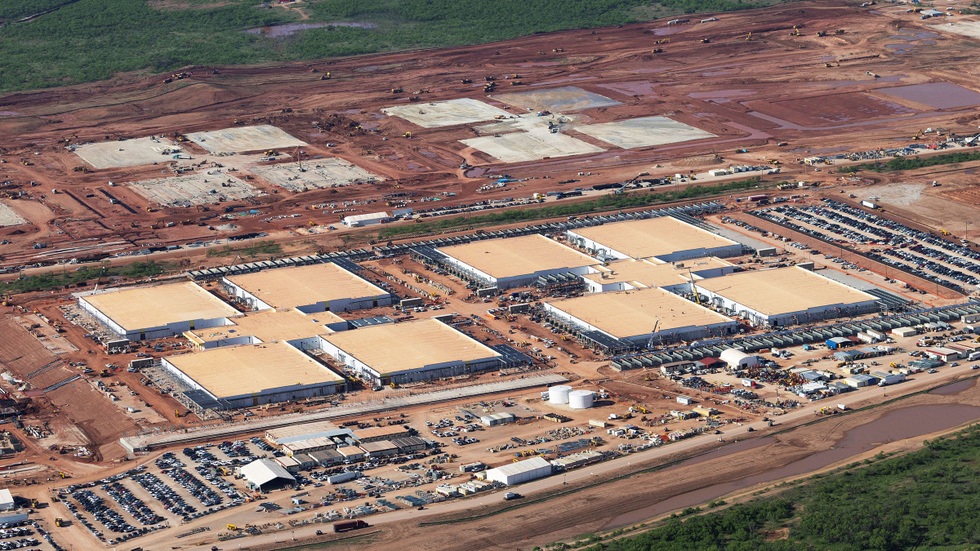
Open AI's data center under construction (Photo: Wried).
These concerns have dogged Nvidia throughout the boom. The AI chip giant has backed dozens of companies, including AI model makers and cloud service providers.
Some of them then used that capital to buy Nvidia semiconductors. The OpenAI deal is simply much larger.
OpenAI itself, which lacks the established and profitable operations of its Microsoft or Oracle counterparts, has also said it may pursue debt financing. According to The Information, OpenAI expects to spend $115 billion in cash by 2029.
Other big tech companies are also increasingly relying on debt. Meta has turned to lenders to secure $26 billion in financing for a data center complex in Louisiana.
Similarly, JPMorgan Chase and Mitsubishi UFJ are leading a more than $22 billion loan to support Vantage Data Centers' plans to build a massive data center campus.
Is the payoff worth it? The core issue is whether all this money is generating a profit.
By 2030, AI companies will need a combined $2 trillion in annual revenue just to pay for computing power, according to a Bain&Co report. However, Bain predicts their revenue will likely be $800 billion less than that.
“The numbers being thrown around are so extreme that it’s really hard to understand. I’m sure it’s not zero, but there’s a reasonable chance that a huge amount of capital will be destroyed in this cycle,” said David Einhorn, a prominent hedge fund manager at Greenlight Capital.
The craze isn't limited to the giants. A growing number of lesser-known companies are trying to capitalize on the data center boom.
Nebius, a cloud services provider spun out of Russia’s Yandex, recently signed an infrastructure deal with Microsoft worth up to $19.4 billion. And Nscale, a little-known British data center company, is partnering with Nvidia, OpenAI, and Microsoft.
Notably, Nscale previously focused on another hot sector: Cryptocurrency mining.
When technology fails to live up to expectations
The investment frenzy is overshadowed by lingering skepticism about the technology’s true benefits. Investors were left worried in August after researchers at the Massachusetts Institute of Technology (MIT) found that 95% of organizations failed to see a return on their investments in AI initiatives.
More recently, researchers at Harvard and Stanford University have offered a possible explanation. They found that workers are using AI to create “worklops”—a new term for “AI-generated work content that is disguised as good work but lacks the content to meaningfully advance a task.”
The promise of AI is to boost productivity. However, researchers have found that the prevalence of “worklop” could cost large organizations millions of dollars each year in lost productivity.
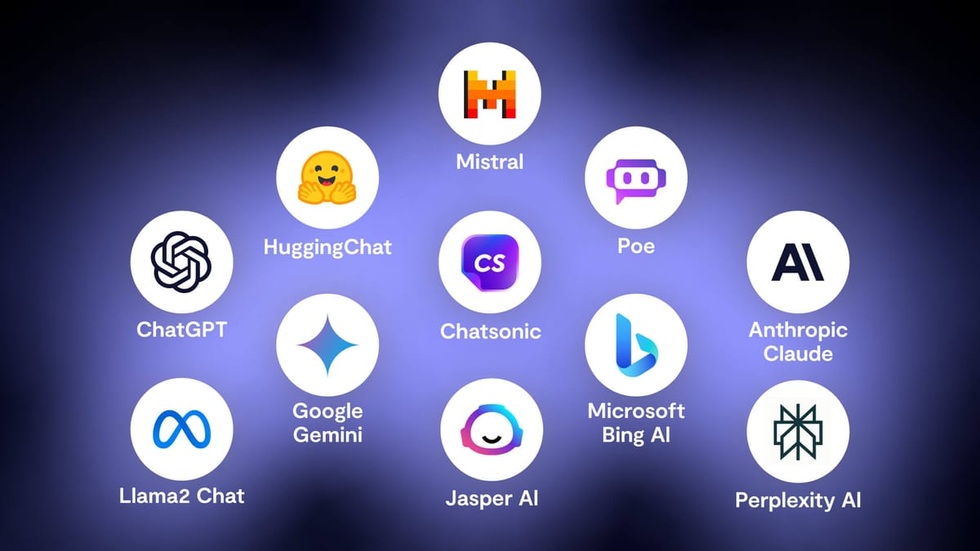
More and more AI chatbots are being launched on the market (Photo: n8n Blog).
AI developers themselves are facing a challenge of diminishing returns. For years, they have bet on the “law of scaling”—the idea that greater computing power, data, and models will inevitably lead to greater advances.
But over the past year, these costly efforts have seemingly stalled. After months of promoting GPT-5 as a breakthrough, OpenAI’s release of its latest model in August was met with mixed reviews.
In his speech, Sam Altman admitted that “we are still missing something pretty important” to achieve artificial general intelligence (AGI).
These concerns are exacerbated by competition from China, where companies are flooding the market with low-cost AI models. While US companies are still seen as leaders, these alternatives risk undercutting them on price, making it harder to recoup infrastructure investments.
Added to this is the very real risk that building massive data centers will be hampered by an already overloaded national power grid.
Response from Silicon Valley
In the face of these criticisms, the AI industry has remained steadfast. “Are we in a period where investors in general are getting too excited about AI? I think so,” said Open AI CEO at an event in August. “Is AI the most important thing that will happen in a very long time? I think so.”
Meanwhile, Mark Zuckerberg also echoed this view, stressing that the bigger concern is not spending enough.
To counter negative academic reports, OpenAI and Anthropic have published their own studies showing that their systems are having a significant impact.
An Anthropic report found that three-quarters of companies are using Claude to automate work. OpenAI released its GDPval rating system, claiming that “the most advanced models today are approaching the quality of work produced by industry experts.”
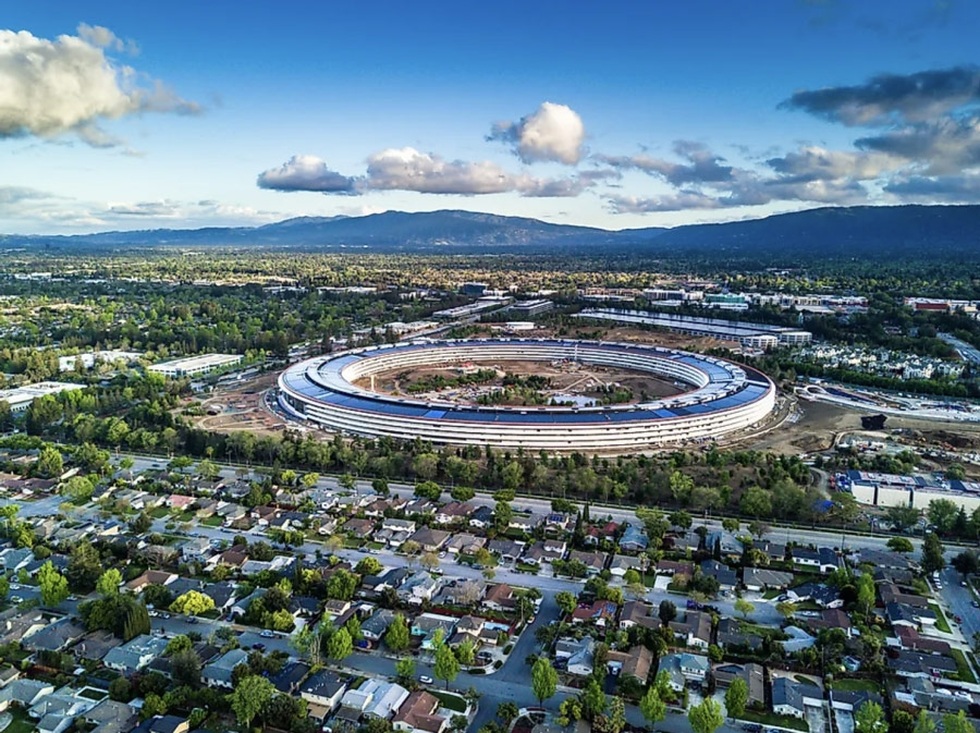
Silicon Valley - home to many of the world's leading technology companies - is witnessing many collaborations related to AI and data centers (Photo: SF).
Developers hope that as AI models improve, they will be able to convince businesses and individuals to spend more to access the technology.
Is 1999 repeating itself?
So, is history repeating itself? The dot-com bubble was fueled by speculation in internet companies, many of which had no clear revenue or business model.
A bubble is an economic cycle characterized by rapid increases in market values that are not supported by fundamentals, typically ending in a crash.
Like today’s AI boom, dot-com companies attracted huge amounts of investment capital, often based on dubious metrics like “website traffic” rather than profits. When the market crashed in 2001, many companies were liquidated.
The hallmarks of the dot-com era can be found in the massive infrastructure buildout and sky-high valuations of AI.
Venture capitalists are wooing AI startups with private jets and hefty bonuses, and some AI companies are closing multiple mega-fundraises in just one year.
“I think there are a lot of parallels to the internet bubble,” said Bret Taylor, president of OpenAI and CEO of Sierra, a $10 billion AI startup. He acknowledged that some companies were almost certain to go bankrupt.
But, Taylor says, there will also be big businesses that emerge and thrive, just as happened with Amazon and Google.
“It is true that AI will transform the economy and I think it, like the Internet, will create huge economic value in the future. I think we are also in a bubble and a lot of people will lose a lot of money,” he said.
However, market observers also point out important differences.
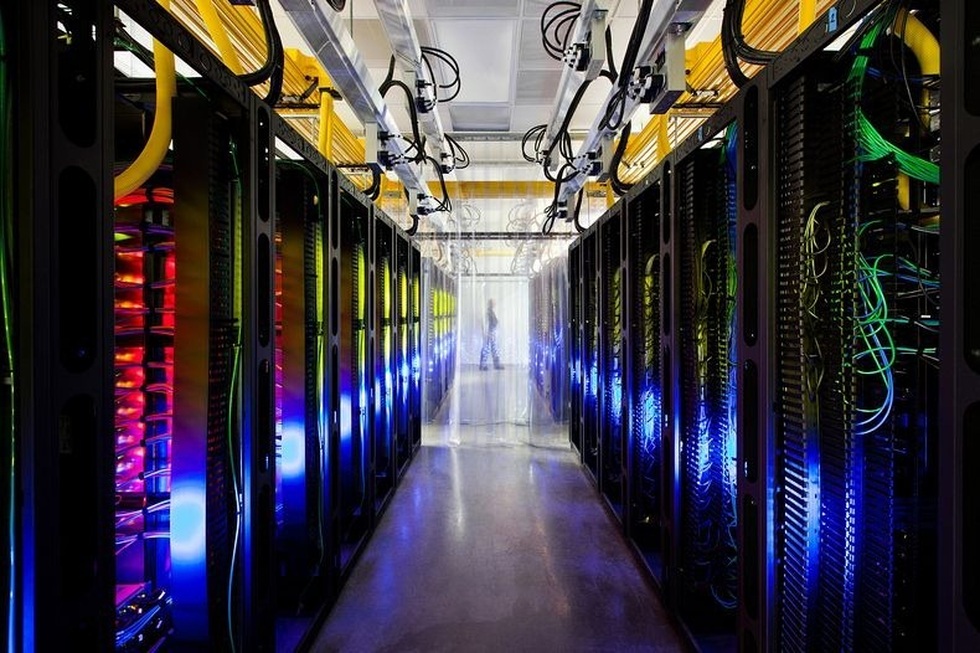
A Google data center (Photo: ST).
First is the health of the companies that are leading the way. Most of America’s “Big Seven” (Mag-7) tech giants are established, profitable giants that contribute the bulk of the S&P 500’s growth and have huge cash reserves.
Second, AI adoption is happening at a breakneck pace. OpenAI’s ChatGPT has around 700 million weekly users, making it one of the fastest-growing consumer products in history.
Finally, unlike many dot-coms, leading AI companies are generating real revenue, even if they aren’t yet profitable. OpenAI forecasts revenue to more than triple by 2025, reaching $12.7 billion.
While the company doesn't expect to be profitable until the end of the decade, a recent deal to help employees sell stock has given it an implied valuation of $500 billion — making it the world's most valuable company that has never made a profit.
Source: https://dantri.com.vn/cong-nghe/con-sot-dau-tu-nghin-ty-do-la-vao-ai-va-noi-so-bong-bong-dot-com-20251020134738052.htm


![[Photo] Da Nang residents "hunt for photos" of big waves at the mouth of the Han River](https://vphoto.vietnam.vn/thumb/1200x675/vietnam/resource/IMAGE/2025/10/21/1761043632309_ndo_br_11-jpg.webp)

![[Photo] Prime Minister Pham Minh Chinh meets with Speaker of the Hungarian National Assembly Kover Laszlo](https://vphoto.vietnam.vn/thumb/1200x675/vietnam/resource/IMAGE/2025/10/20/1760970413415_dsc-8111-jpg.webp)


![[Photo] Prime Minister Pham Minh Chinh received Mr. Yamamoto Ichita, Governor of Gunma Province (Japan)](https://vphoto.vietnam.vn/thumb/1200x675/vietnam/resource/IMAGE/2025/10/21/1761032833411_dsc-8867-jpg.webp)








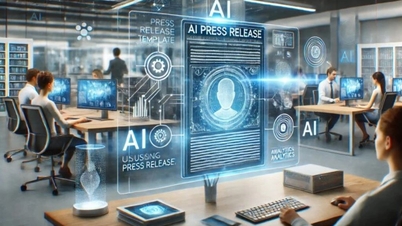




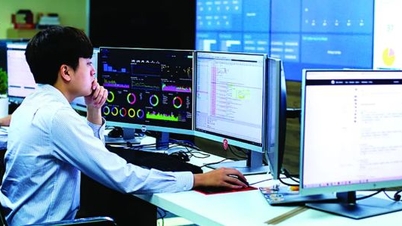











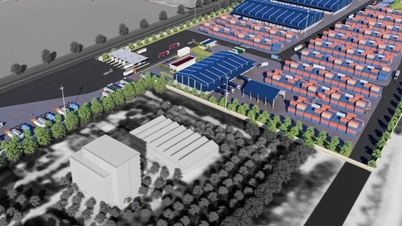















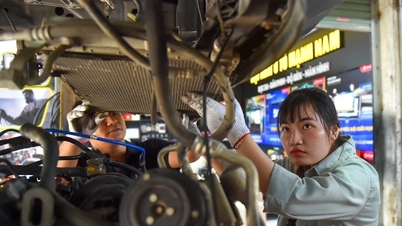









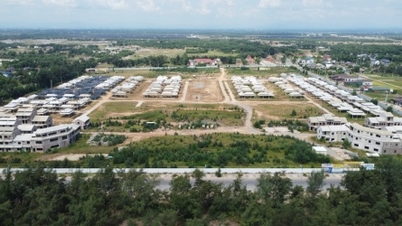




















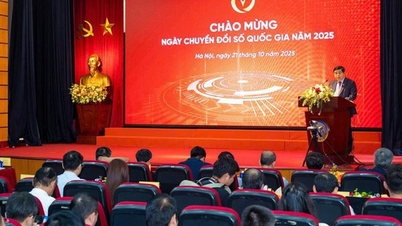


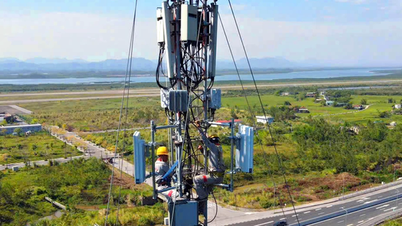
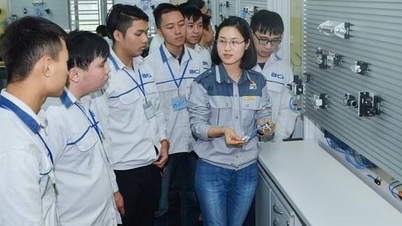

























Comment (0)